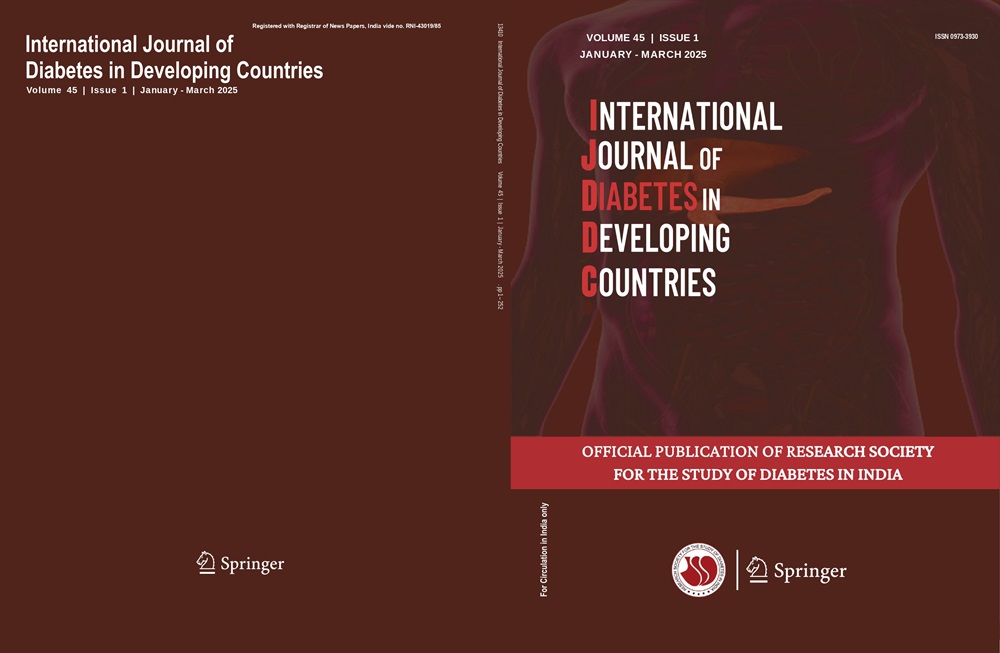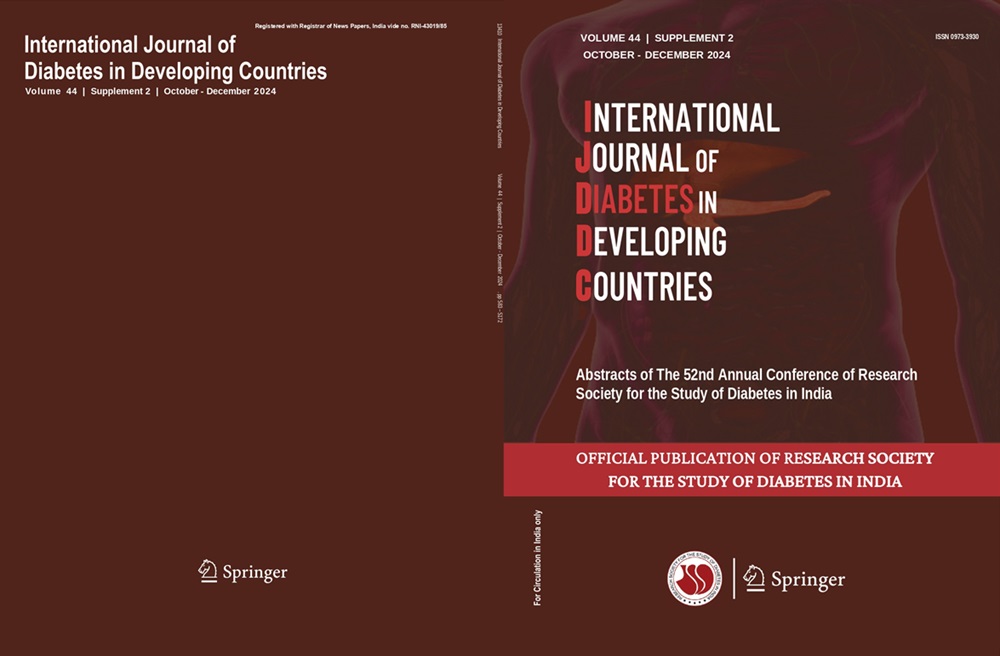Oruganti Raghupathi, Aswini Machiraju, Rajesh Yadav Borra, Srivalli Madhira, Ramesh Jayanthy
Keywords
Pancreoprivic diabetes • High index of suspicion • Low BMI • Poor insulin reserve • Insulin and enzyme replacement
Abstract
Background Pancreoprivic diabetes is a brittle form of diabetes arising from a pancreatic disease. It is often associated with glycemic variability, exocrine insufficiency and risk of hypoglycemia. Studies focusing on its profile are scarce in India. This study aims to understand the clinico-etiological profile of pancreoprivic diabetes.
Methods Eighty consecutive patients with pancreoprivic diabetes were evaluated in this cross-sectional, observational study for pancreatic exocrine and endocrine insufficiency, and complications of diabetes.
Results The mean age of the study group was 38.68 years and the mean HbA1c and stimulated C-peptide levels were 10.3% and 0.96 ng/ml, respectively. About 57.5% of the patients had BMI less than 18.5 kg/m 2. Alcoholic pancreatic diabetes (APD) (70%, n = 56) and fibro-calculus pancreatic diabetes (FCPD) (13.75%, n = 11) were the commonest. Primary hyperparathyroidism (n = 5), familial hypertriglyceridemia (n = 3), hemochromatosis, pancreas divisum, autoimmune pancreatitis, acute pancreatitis and post pancreatectomy (n = 1, each) accounted for the remaining (16.25%, n = 13). Pancreatic calcifications,
neuropathy, nephropathy, and retinopathy were seen in 69.6%, 52.5%, 8%, and 5% of patients respectively.
Conclusion Pancreoprivic diabetes has a distinct pancreatic pathology, poor glycemic status, and low BMI. A high prevalence of pancreatic calcifications and neuropathy is seen. Besides APD, there are many other rare metabolic and anatomical etiologies.




